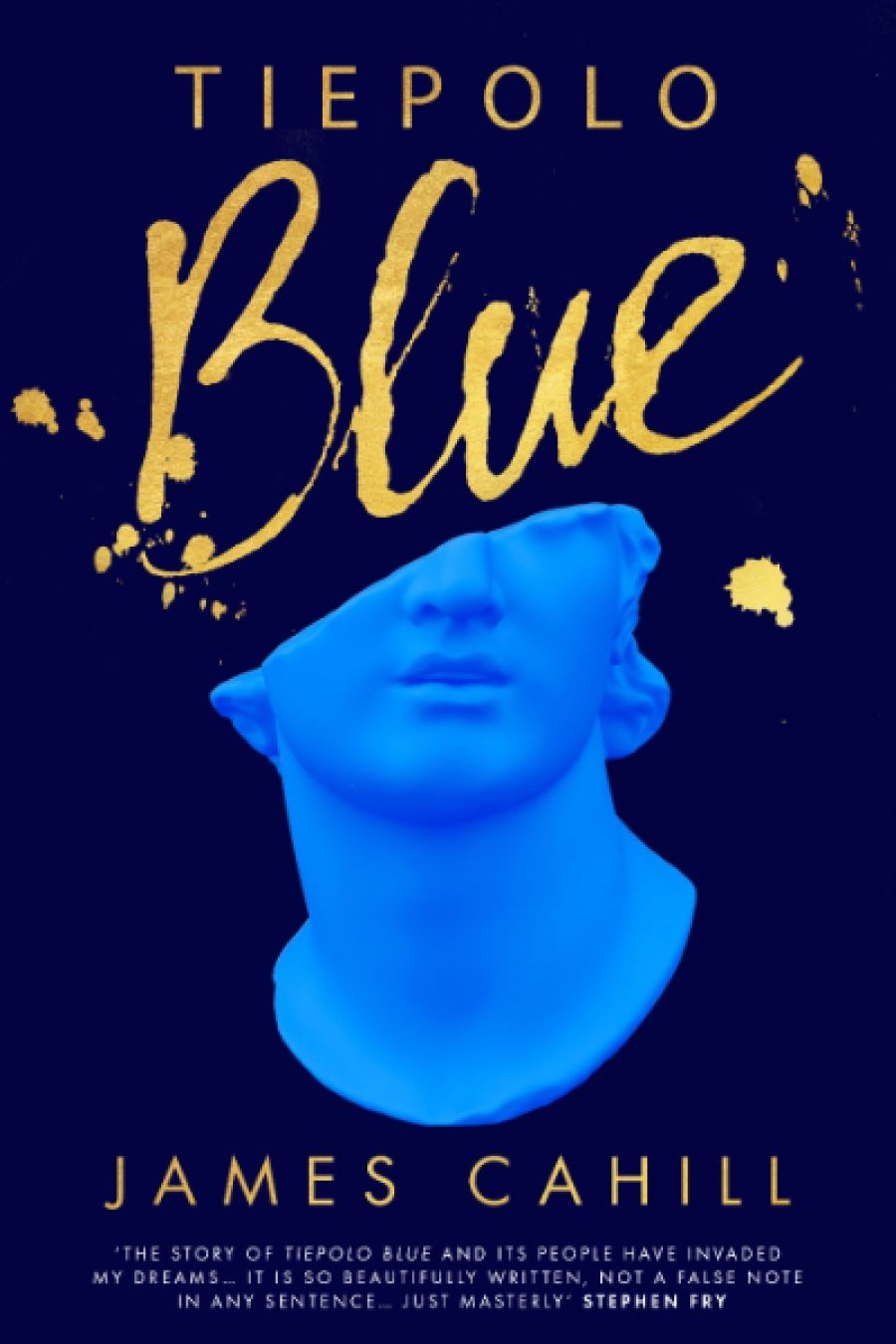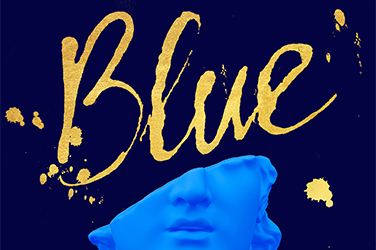
- Free Article: No
- Contents Category: Fiction
- Review Article: Yes
- Article Title: Theatres of cruelty
- Article Subtitle: A morality tale about the perils of academia
- Online Only: No
- Custom Highlight Text:
One of the dangers of academia is that ego interferes with the formation and sharing of knowledge. Colleagues are enemies, discussion is manipulation, subject matter is weaponised. British author James Cahill studied at Oxford and Cambridge, worked at a gallery in London, and recently joined King’s College London, but his first novel, Tiepolo Blue, is burdened with a feeling that these environments have few redeeming features. In a different tone, the novel could have been a satire, but if Cahill exposes his characters to ridicule, it is to make us recognise the sadness and loneliness behind the veneer of dignity. Cahill’s vision is tragic, not absurd. In Tiepolo Blue, love, for persons as much as for intellectual subjects, is stifled by power plays and abominable behaviour. Cahill’s academia is self-defeating because it poisons self-knowledge.
- Featured Image (400px * 250px):

- Alt Tag (Featured Image): Theodore Ell reviews 'Tiepolo Blue' by James Cahill
- Book 1 Title: Tiepolo Blue
- Book 1 Biblio: Hodder & Stoughton, $32.99 pb, 342 pp
- Book 1 Readings Link: booktopia.kh4ffx.net/a1X06Y
Cahill’s protagonist, Don Lamb, is an art historian at Peterhouse, Cambridge. His fame rests on a 1980s radio documentary in which he toured Venice, describing the art. He is also a fearsome self-appointed champion of high ideals and correct interpretation. His one instinct is to dominate, his one gift, to parade. Yet the novel opens at a moment in the mid-1990s when Don’s tightly controlled persona begins to unravel: while out on his bicycle, he is distracted by a pair of young men and careers off the path. Meanwhile, a new sculpture has been installed in the front court of Peterhouse: SICK BED, a collection of bottles and tins arranged around an old bed frame, which Don dismisses as ‘a pile of rubbish’. Debate over the installation soon descends into a mannerly war, whose political purpose – the ousting of an unpopular college Master – is obvious, but which Don believes (or thinks he believes) is an aesthetic crusade. The most strident critic of SICK BED, he is also the least effectual member of the college clique. He can do nothing without taking advice from Professor Valentine ‘Val’ Black, his sometime doctoral supervisor and a figure as glamorous and cool as Don is graceless and difficult. As the SICK BED debacle drags on and Don clashes publicly with one of its advocates, a visiting American writer, Val cajoles and humours Don, and when finally Peterhouse becomes intolerable, uses his position as trustee of a London gallery to appoint Don as its director, even putting Don up in his own heavily curated Dulwich home.
 James Cahill (photograph via Hachette)
James Cahill (photograph via Hachette)
By this stage, the machinations hardly matter and neither does art. Don is possessed by images of male beauty and memories and impulses of lust. His work falters. His project to chart the geometry of the skies in ceiling-paintings by baroque master Giovanni Battista Tiepolo appears to be an excuse for not looking at the vigorous bodies in the foreground. Don’s criticism is a redirection of suppressed passions; his administrative roles are excuses for masking insecurity. When he falls in love with Ben, an art student at the progressive and theory-heavy Goldsmiths, Don begins to make a fool of himself. Heavily closeted, he over-compensates with bluster and ranting – denouncing as vulgar a Caravaggio exhibition in his own gallery – and lurches from one embarrassment to the next, as though longing to destroy himself before other longings take over. The more learning Don professes, the more he reveals he has learnt nothing about relationships, and the more we suspect the one he most needs to convince of his value is himself.
Don’s tragedy is that the exploitative ruthlessness of academia, to which he has given his soul, sharpens the shame with which older generations have branded homosexuality. Don has accepted self-loathing. The young men he pursues have been spared, by history, the sense of disgrace that he has endured. They can happily get on without him.
The novel parallels Thomas Mann’s Death in Venice to the point that on a London bus Don encounters a character straight out of that work, a foppishly dressed elderly man with rouged cheeks. In one conversation, Don characterises himself with irony as the bereft Aschenbach. Such knowing and heavy-handed references are the great drawback of Tiepolo Blue. Cahill overloads the novel with allusions to iconic stories, symbols, and personifications of gay love as an open secret. Val ‘knew’ Auden; the previous tenant in Dulwich has retired to Taormina; at the Caravaggio opening, Don’s predecessor reads the description of Oberon’s jealousy of Titania’s ‘lovely boy’. The tendency to draw attention to meaning instead of building or suggesting it extends to the narrative style, which is excessively explanatory, leaving no room for evocation and very little for mystery. Don’s response to every situation is predetermined and inevitable. He and the visiting American writer are programmed to misunderstand and offend one another; the reader cannot speculate on the motives for Val’s largesse, because the novel states outright that it is ‘the ritualised performance of friendship’. This is narrative as spun by a scholar, an explainer. The characters are animated because the novel tells us they are. The reader is not allowed to conjecture.
The novel’s over-exposition might be justified by its function as a morality tale, its characters cyphers for condemnation of social cruelty, but nevertheless Tiepolo Blue falls short stylistically. In fiction whose protagonists are intellectuals who live through art, reading, and commentary – consider John Williams’s Stoner or J.M. Coetzee’s Elizabeth Costello – the narration needs to be declarative to a degree, for only by voicing thoughts can it reveal the dramas going on inside their heads. Yet Stoner and Elizabeth Costello are evocative and arresting because their protagonists’ thoughts are never prescriptive – the mind-reading still surprises. Despite fine ideas and great erotic potential, Tiepolo Blue loses spontaneity and emotional effect because Don’s experiences cannot breathe. Cahill’s narration imposes too much of the discipline the story rejects.


Comments powered by CComment